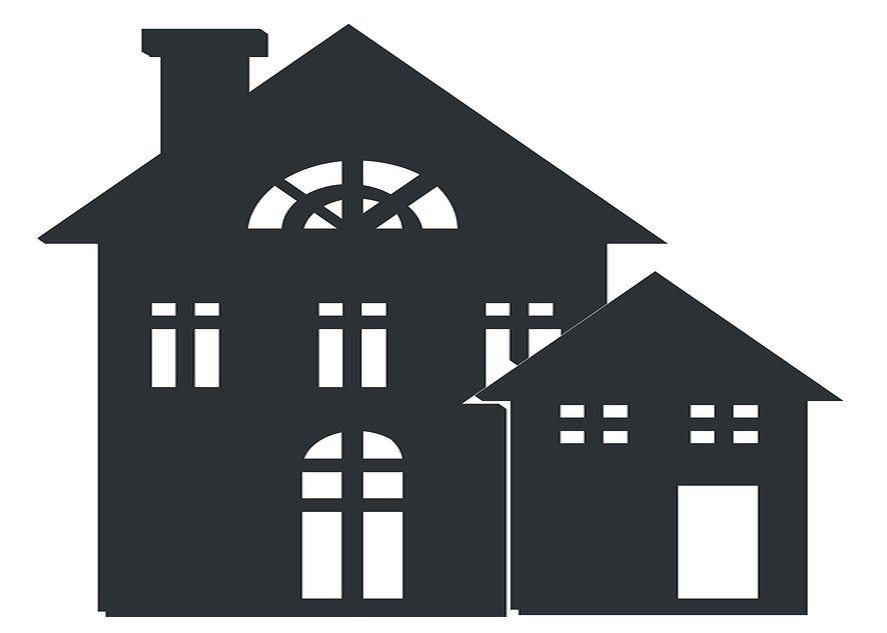Take a look at the per student expenditures in three Arizona districts.
Alpine Elementary District: $16,338 per studentThat's twice to four times the average spending in the state. Now take a look at another set of figures: the number of students in each district.
Bouse Elementary: $31,381 per student
Young Elementary: $34,400 per student
Alpine Elementary District: 60 studentsAnother school district consolidation bill is being pushed in the legislature by members of the "Schools have plenty of money, they're just wasting it" club. Consolidation may be a good thing for some districts, but having the state set up mandated guidelines for consolidation is a bad idea.
Bouse Elementary: 25 students
Young Elementary: 21 students
(I often wonder: How is it that conservative States Rights advocates oppose city and county rights so adamantly? A possible answer: They fell in love with the Goldilocks story as children, and it carried over into their adult lives. "Congress is too big. City Hall is too small. But the State Legislature is just right.")
Coincidentally, while I was doing research for a recent post, I looked at what small districts spend per student. I came across 32 districts with fewer than 100 students that receive between $14,000 and $34,000 per student, with one outlier receiving a whopping $47,000. Looking at the state's map of school districts, I found most of the districts were large and sparsely populated, which accounts for the greater cost of educating the students.
Admittedly, this is only indirectly related to the district consolidation issue, but it demonstrates how different districts have unique sets of circumstances which can't be taken into account in a one-size-fits-all consolidation plan. Besides, the research presented me with a new and interesting perspective on Arizona education, so I figure it might be interesting to some of you too. If so, read on.
Here is one example of a small district: Bouse Elementary School District with 25 students and a 2017 budget allocation of $31,381 per student.
Bouse Elementary is twice the geographical size of TUSD. One school serves its Pre-K through 8th grade student population.
So, how do you teach 25 students ranging from 4 to 13 years old? One way is to go "Old School," literally, and put them together in a one room schoolhouse — you know, one of those picturesque wood-sided, single-room buildings which play an iconic role in American education history. The children are seated by age, the youngest in the front row and the oldest in the back. The teacher sits behind a desk on a raised platform in the front of the room monitoring the students as they work. An assortment of hickory switches of varying thicknesses hang on the wall so the teacher can tailor the size of the switch to the size of a misbehaving student's backside. Put a potbellied stove near the door, and we've completed the picture.
In fact, according to the website, the Bouse district had a one room schoolhouse with 50 student desks in the 1940s. However, it says nothing about switches or potbellied stove, so I don't know if the schoolmaster or schoolmarm administered corporal punishment. I'm also not sure how the school was heated, though electricity wasn't introduced until 1952.
These days, the district has a nice, modern building which opened in 2004, designed to serve 100 students (it makes sense to plan for expansion), built at a cost of $1.6 million.
The district has four teachers for its K-8 students. The classes are broken into grades K-1, 2-3, 4-5 and 6-8. Another teacher takes care of Pre-K and is also a teacher aid.
If the students were evenly spaced in terms of age, that would mean five students per class. A student/teacher ratio like that costs money.
Then there are expenses for administration, food, transportation and maintenance.
Small districts get extra money in the form of a "small school adjustment." Bouse's adjustment is $15,000 per student.
I don't know if the district spends its money wisely and efficiently, but there's no question it needs more money to educate its students than districts with more students.
I suppose a member of the "wasteful school spending" club could use districts like Bouse Elementary as an example of how we "throw money at schools." But with a combined student population of about 1,600, these 32 districts educate one-tenth of one percent of Arizona's public school students. All the money they get is little more than a rounding error in the state education budget. The money we would save by cutting a few dollars from their budgets is insignificant.
Here's a better idea. Let's get our per-student spending up near the national average instead of talking about wasteful school spending.


